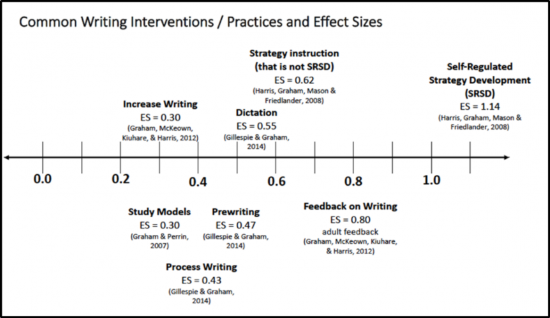 When I was a preschool teacher, Halloween was always one of my favorite days of the school year. I loved seeing the students in costume and it would be hard to overstate how adorable they were. There were always a few unexpected costumes and I never ceased to marvel at parents’ creativity.
When I was a preschool teacher, Halloween was always one of my favorite days of the school year. I loved seeing the students in costume and it would be hard to overstate how adorable they were. There were always a few unexpected costumes and I never ceased to marvel at parents’ creativity.
However, for some students, their families and yes, their teachers, this could be one of the most dreaded days of the year. For many students with disabilities, especially students with autism spectrum disorders, these kinds of rituals can be fraught with anxiety and confusion. This may lead to students’ engaging in avoidant behaviors that can take the form of tantrums or “meltdowns” or refusals to participate; this can be extremely disappointing or even heartbreaking for families, who yearn for their child to be “just like everyone else.”
The good news is, there are solutions! Here are a few strategies that are effective in helping students who might otherwise have difficulty, be able to participate in traditional Halloween activities.
- Get familiar with that costume! Try to pick your child’s costume out a few weeks ahead of time and then have him/her wear it several times before Hall
 oween. For children who have sensory sensitivities and may be uncomfortable wearing an unusual fabric, mask, makeup or a hat, choose your costume wisely and give them lots of time to work up to wearing the costume for trick-or-treating or Halloween parades. You might try having the student wear the costume for 15 minutes one day, 30 minutes the next, 45 minutes the next, and so on, so that they can work their way up to wearing the costume for an hour or two of trick-or-treating. Some schools ask parents to send their child’s costume in a week before Halloween, so that it can be practiced at school.
oween. For children who have sensory sensitivities and may be uncomfortable wearing an unusual fabric, mask, makeup or a hat, choose your costume wisely and give them lots of time to work up to wearing the costume for trick-or-treating or Halloween parades. You might try having the student wear the costume for 15 minutes one day, 30 minutes the next, 45 minutes the next, and so on, so that they can work their way up to wearing the costume for an hour or two of trick-or-treating. Some schools ask parents to send their child’s costume in a week before Halloween, so that it can be practiced at school. - Practice Makes Perfect! Give students the opportunity to practice/role-play knocking on a door, saying trick-or-treat, holding their bags/containers out for goodies, and – often the hardest part – leaving the candy in their bags until they get home or are given the okay to have some by an adult! You can even model this with puppets, read books, or show videos demonstrating the appropriate behavior. Video modeling can be a very powerful teaching tool! (There are plenty on you tube, such as this one: http://www.tubechop.com/watch/8064805 or, even better, make your own!)
- Provide visual cues. Breaking the task down into a step-by-step process, using a clear visual cue for each step, can be a big help for many students. For students who have difficulty with unexpected changes in routine, social stories can also be a useful way to walk through the process and prepare for the big day.
Using the tools described above can help young learners and their families to have a meltdown-free Halloween. Educators, please share these ideas with families so that you can work together to help students, their families, and their teachers and classmates focus on what the holidays are all about – having fun and spending quality time together!


 Data-Driven Decision-Making
Data-Driven Decision-Making  Increasing Post-School Success through Interagency Collaboration
Increasing Post-School Success through Interagency Collaboration  How Can We Improve Deeper Learning for Students with Disabilities?
How Can We Improve Deeper Learning for Students with Disabilities?  Positive Classroom Management: Creating an Environment for Learning
Positive Classroom Management: Creating an Environment for Learning  Self-Determination Skills Empower Students of All Ages
Self-Determination Skills Empower Students of All Ages  Fidelity of Implementation: What is it and Why does it Matter?
Fidelity of Implementation: What is it and Why does it Matter?  Rethinking Classroom Assessment
Rethinking Classroom Assessment  A Three-Step Approach to Identifying Developmentally Appropriate Practices
A Three-Step Approach to Identifying Developmentally Appropriate Practices  Transforming Evidence-Based Practices into Usable Innovations: A Case Study with SRSD
Transforming Evidence-Based Practices into Usable Innovations: A Case Study with SRSD